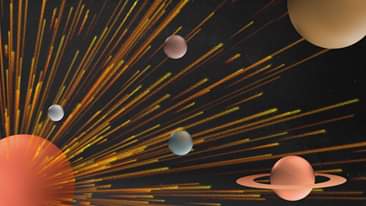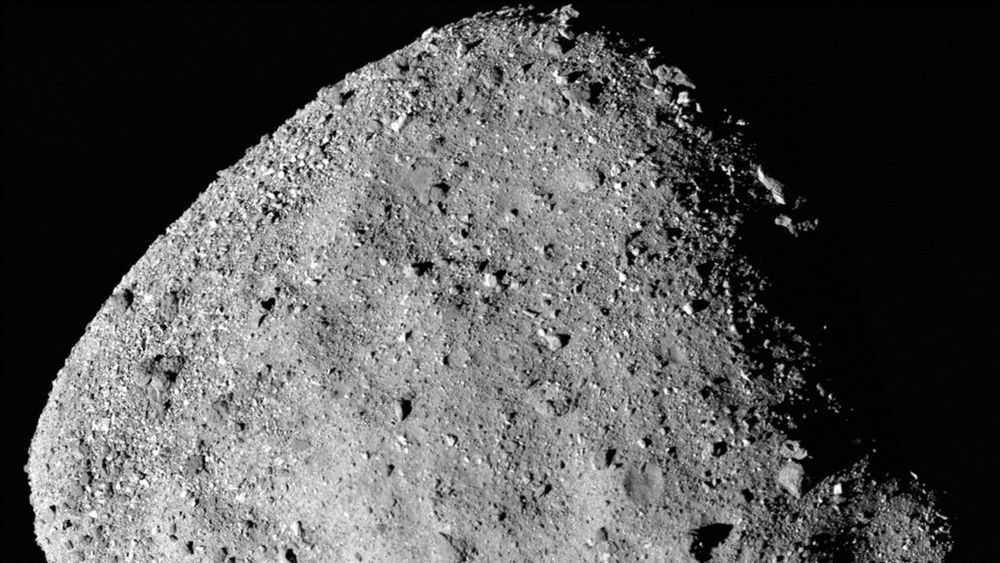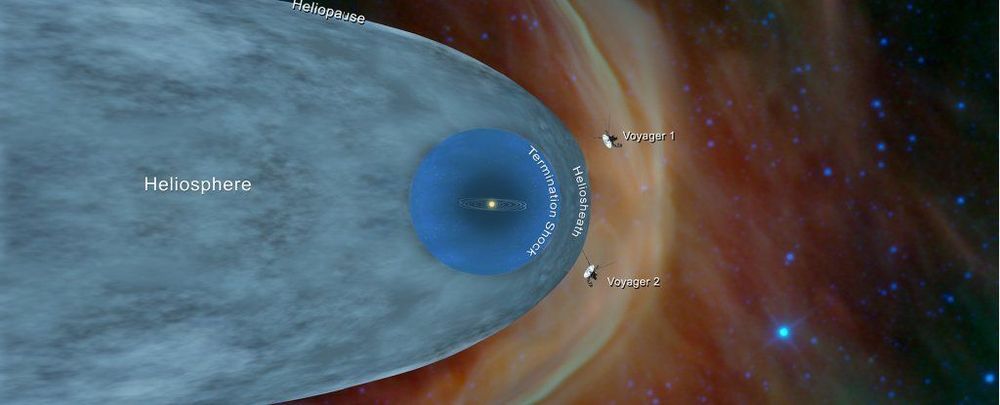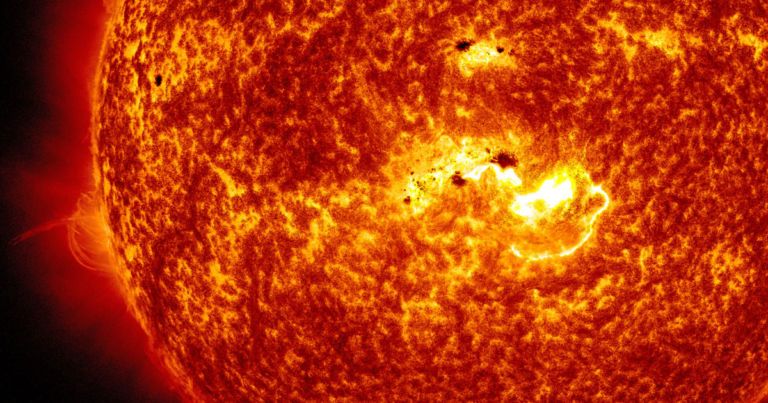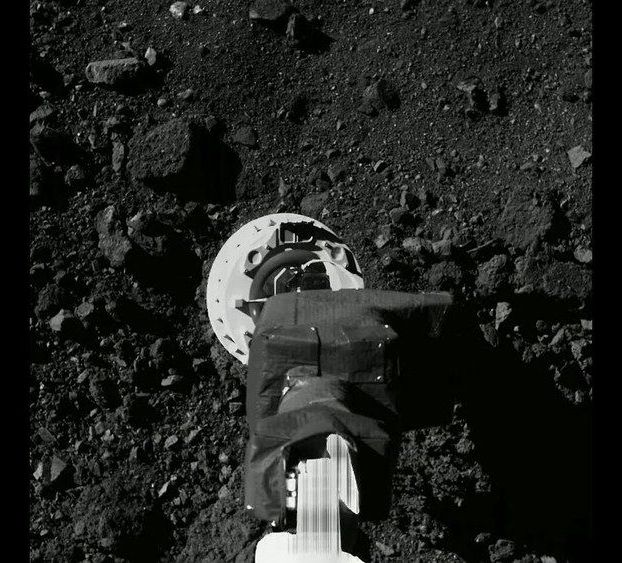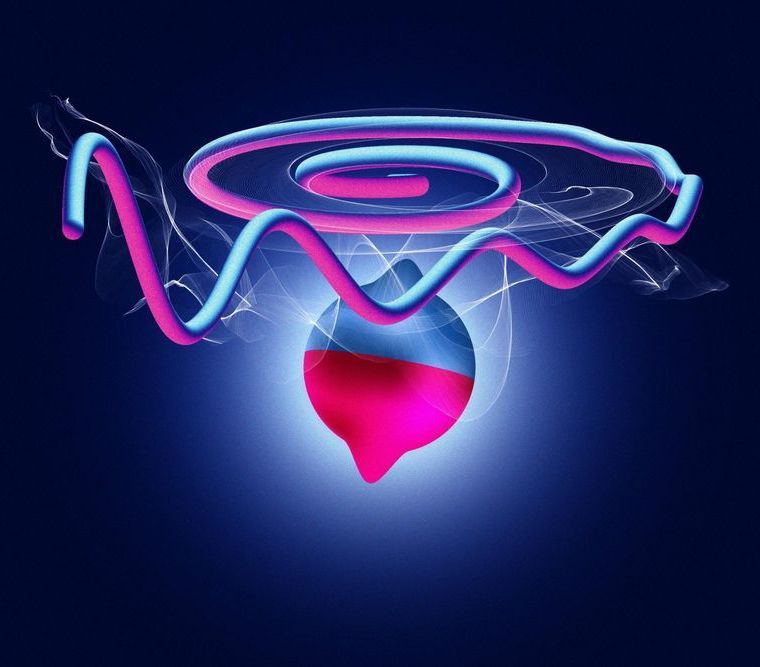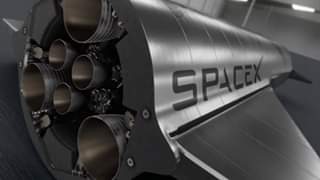Our Interstellar Boundary Explorer launched to space 12 years ago today!
IBEX studies our solar system’s boundary to interstellar space by measuring particles that rocket back towards Earth from the edge of the heliosphere, the vast bubble generated by the Sun’s magnetic field that envelops all the planets. Scientists recently used an entire solar cycle’s worth of data to explore how this boundary changes throughout the Sun’s activity cycles. https://www.nasa.gov/feature/goddard/2020/nasa-ibex-charts-11-years-change-at-boundary-interstellar-space-heliosphere-sun
